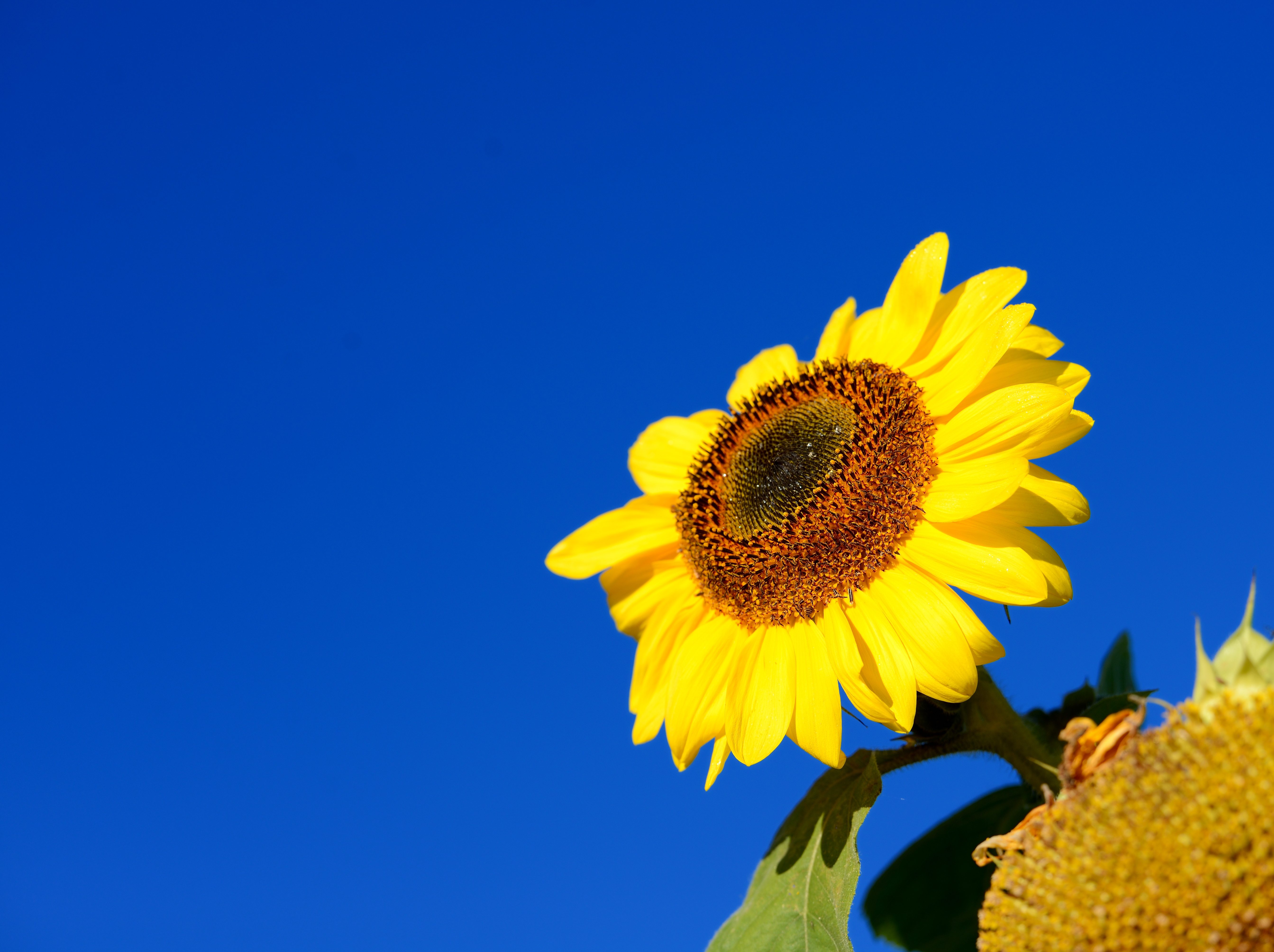After suffering through several years of drought, the arrival of rain thanks to El Nino storms was welcome. Even with some flooding problems, we will benefit in the long run from watering out trees without irrigation, replenishing our reservoirs and groundwater.
But I didn’t realize just how much the gray gloomy weather had gotten to me until the sun came back out. When it hit 70 degrees, it felt more like an 80 degree summer day. People were back in their shorts and flip flops, even if it was only for a few hours.
Feeling the blues when the days grow shorter isn’t in your imagination. Seasonal Affective Disorder (SAD) was first named 32 years ago in 1984 by Dr. Norman Rosenthal, MD. Dr. Rosenthal studied a group of people in Maryland, and since then many others have described SAD in many different parts of the world.
Seasonal affective disorder increases the farther you live from the equator, because this is where people live with less sunlight in the winter. In Florida, only 1.5 percent of the population suffers from SAD. In New Hampshire, it is 10 percent. You can also have a biological predisposition to SAD. If a lot of your family suffers from it, chances are greater that you will too. Women are four times more likely to develop SAD. If you are prone to SAD, having to get to work early in the morning when it is still dark or meet stressful deadlines all make it worse.
It is also true that Sick Building Syndrome gets worse during the winter when buildings are closed tight against the weather. When it’s raining or cold, employees can’t step outside for walks or tend not to leave the building for lunch as often, and the ventilation system is stressed. You’re stuck inside and breathing recirculated air.
There are several theories about why some people develop SAD and others do not. The good news is there are lots of effective ways to treat it once you realize SAD is affecting you.
The first and most effective treatment involves bringing more light into your environment during dark days. You can add lighting to your home or workplace. You can also treat yourself with artificial light therapy using a light box for less than $100.
Second, you need to reduce stress and increase your serotonin levels. Stress management can include meditation, exercise, and as a last resort, antidepressant medications.
At Good Earth Plant Company, we like to recommend gardening and plant therapy. Science has shown literally getting your hands dirty by contacting natural soil and the soil microorganisms can trigger the release of serotonin in the brain. This goes back to the whole biophilia connection we have with nature as human beings. Remember, we are nature, only separated from it by modern buildings and cars. For 200,000 years, our existence relied on our ability to hunt and gather food. It must have been an exciting moment when ancient people found fruits and vegetables, and this same reward center of the brain activates when we grow our own plants today.
The problem: we are disconnected from the idea that we are connected to the environment and nature. Sunlight is a fundamental requirement for human, animal and plant physiology. Doesn’t it seem intuitive to you that sitting inside from 9 to 5 (or much longer) every day would get you down? It seems normal that the antidote would be getting outside, breathing fresh air and seeing green plants and sunshine.
But this isn’t always an option. So as a backup plan, improving the atmosphere inside your home and office during the winter months when you are forced to stay inside more often can improve your mood, make you feel more energetic and less depressed.
Having living plants inside the building can actually reduce the number of sick days used by employees during winter. While it may be true that a plant’s ability to clean the air of pollutants and increase oxygen levels may help, it seems as if there is also a powerful psychological benefit to having green in the office. In short, people just feel better when there are plants around. And how much more vibrant does a bright red bromeliad look on a gray winter day?
Even if you don’t have outdoor space, you can maintain a window box with orchids, or grow kitchen herbs like basil, parsley, chives and rosemary which all do reasonably well indoors. Bring plants into your workspace. Encourage your employer to add plants if there aren’t any, or aren’t enough of them to make a difference (that’s where we come in).
If you can’t bring plants into the areas you live and work, try a trip to a botanical gardens and lathe house in Balboa Park or the San Diego Botanical Garden (formerly Quail Botanical Garden) in Encinitas. Visiting areas rich in plants and flowers can do a lot to alleviate the winter doldrums on a January day.
In very serious cases of SAD, therapy and antidepressants may be needed. Don’t hesitate to reach out for more help if your feelings run deeper than the occasional down day. Depression should never be ignored and can have serious consequences. Don’t keep your feelings inside. There is help for people who suffer from any kind of depression.
If you are an employer, call Good Earth Plants to help determine the best plants and most beautiful decorative containers to enhance your office with some greenery and life. Or, consider letting the people who work for you choose their plant decorations for their individual areas and desks. That little extra step can really help brighten their moods!



